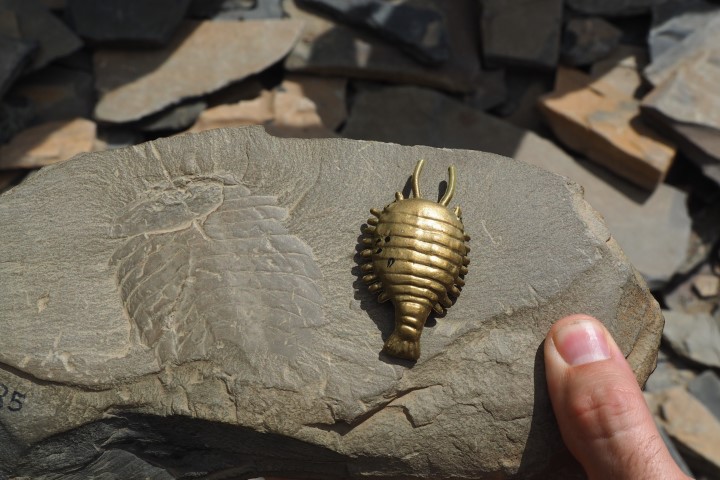Cambrian Explosion
The early Cambrian period marks one of the most spectacular evolutionary events in the history of life – The Cambrian Explosion. This was an explosion of life. Within ten million years, a very short period geologically, a host of hard-body and soft-body animals appeared in the fossil record. Trilobites, molluscs, chordates, cnidarians, brachiopods and many more phyla all appeared abruptly. Since, hard-body animals are more readily preserved compared to soft-bodied organisms, the fossil record has a bias. For example, there may be no fossils of trilobites in the time period before the Cambrian, known as the Ediacara. However, paleontologists know that soft-bodied trilobite ancestors roamed the sea floor at that time because these primitive animals left diagnostic tracks in the mud.

